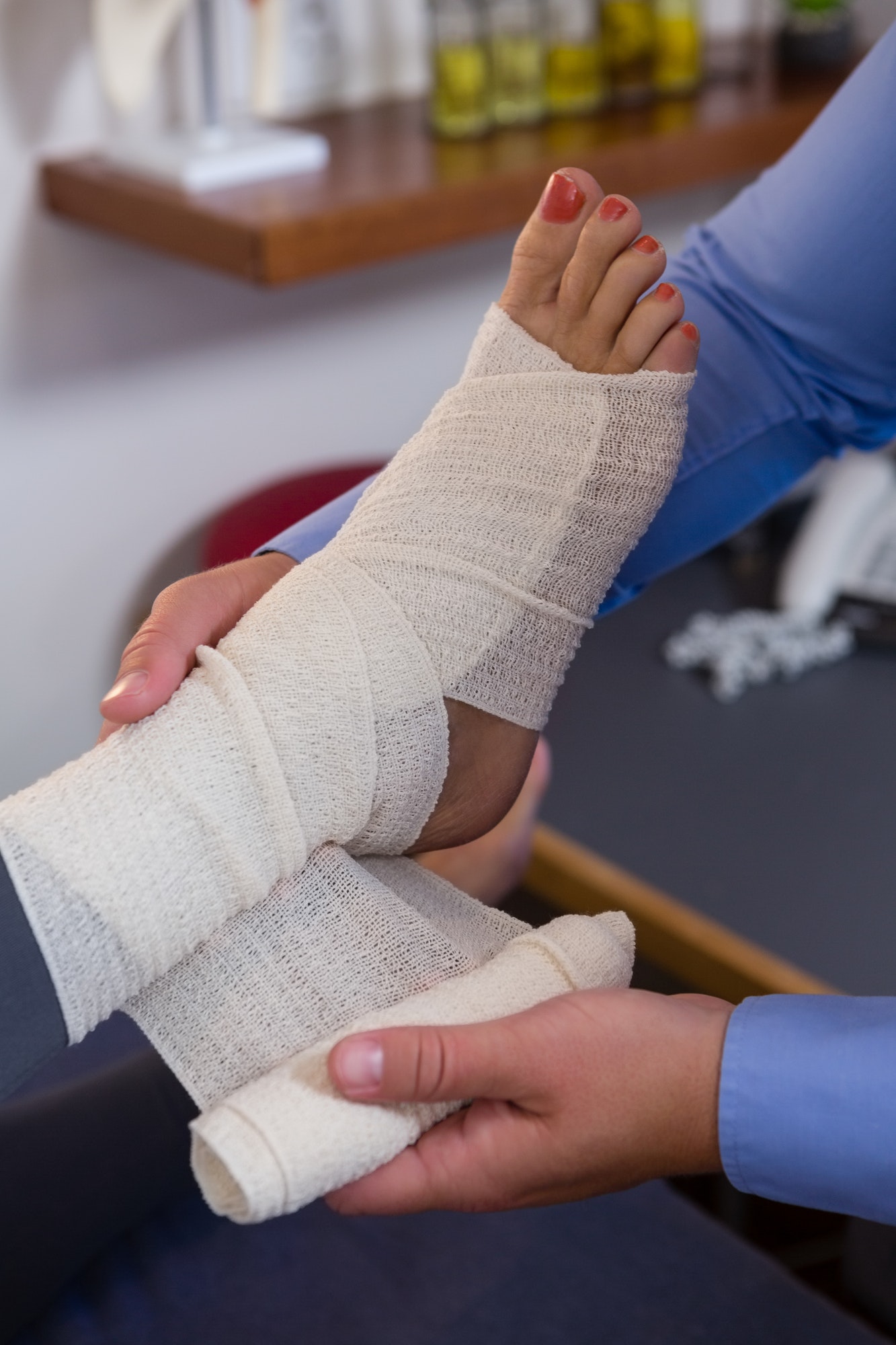Table of Contents
Charcot Foot Treatment in the Salt Lake City area of Utah
Charcot Foot FAQs
What is Charcot foot?
Charcot foot is a relatively rare complication of diabetes and occurs in those who suffer from diabetic neuropathy. This condition damages the connection between your brain and peripheral nerves, complicating pain signals and leaving you without normal sensation in your feet.
Inflammation is the primary factor in Charcot foot. Over time, this inflammation destabilizes foot joints. Destroyed bone tissue, joint subluxation, deformity, and dislocation can occur.
One of the most common deformities in people with Charcot foot is called rocker-bottom deformity. This causes a pronounced, rounded “hump” in the base of the foot, much like the bottom of a rocking chair.
Left untreated, foot deformities can increase pressure on various areas of your foot. Sores can develop, and because diabetes also impacts your body’s healing power, those sores can quickly become serious enough to lead to infection or even amputation.
What causes Charcot foot?
There isn’t always a clear cause of Charcot foot. Some of the factors known to play a causal role include unrecognized injury or sprain that triggers an inflammatory response.
Charcot foot also develops in organ transplant patients and is believed to be linked to the drugs used to reduce the risk of transplant rejection.
People suffering from Parkinson’s disease, HIV, psoriasis, and rheumatoid disease also tend to have higher rates of Charcot disease.
What are some treatment options for Charcot foot?
Diagnosing Charcot foot requires significant training and experience, especially in the early stages before clear deformities develop. X-rays can help detect shifting bone alignment. Swelling, heated skin, and redness are primary symptoms.
In the early stages, treatment efforts focus on reducing weight placed on the foot, addressing bone disease with casting or medications, and taking steps to prevent new foot fractures. When Charcot foot advances, surgery may be the only way to correct the problem before foot ulcers develop.
Surgery can remove bony protuberances or correct deformities that cannot be adequately treated using restrictive footwear or orthotics. A skilled surgeon can stabilize the affected foot, allowing you to remain mobile and reduce the risk of ulcers.
What Should You Do Next?
Looking to schedule an appointment with a physician?
Call Advanced Foot and Ankle Center or book an appointment online today for effective solutions to your charcot foot symptoms.



